Are you struggling to amplify your business and increase its visibility to attract more customers? You may be missing out on one essential ingredient that could change the game for you: partner marketing.

The right partnerships can help you increase brand awareness, reach untapped markets, and open up new revenue streams, but they can be tricky to crack. So let’s dive into how to form a profitable marketing partnership—with examples to learn from. But first, the basics.
What is partnership marketing?
Partnership marketing is a collaboration between two companies or brands to reach a broader audience base and mutually benefit both parties. The partnership can be between brands and influencers, or between two brands that are not directly competing with each other.
A well-known example of such marketing is the collaboration between Uber & Spotify. The brand services offered are complementary to each other’s business and hence, the partnership fits in well.
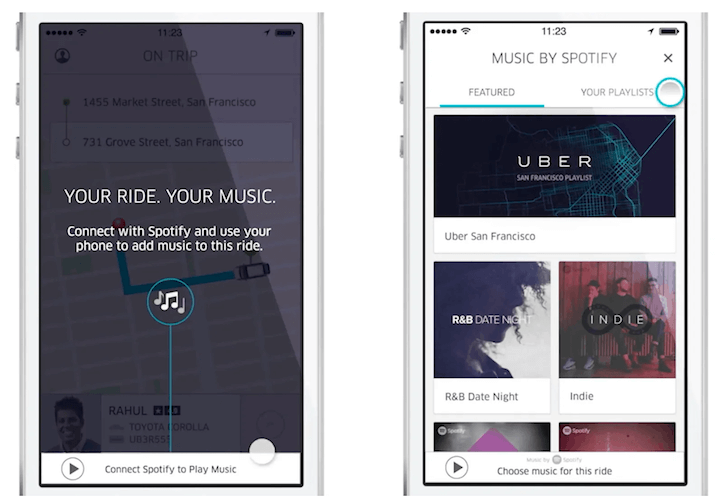
Why partner marketing?
Numbers speak louder than words, and here are some insights that explain the power of partnership marketing:
- 54% of companies state that brand partnerships drive over 20% of their total revenue.
- 68% of consumers make buying decisions after viewing partnership campaigns.
- 74% of organizations reveal that brand partnerships and affiliate marketing are the top-most priorities.
6 tips to build profitable marketing partnerships
Let’s now take a look at seven ways to develop partnerships that stand out from the crowd and bring visibility to your brand through affiliate marketing, a form of brand collaboration.
1. Build partnerships with like-minded businesses
When considering partnership marketing as an option, it is important to consider both your and their values. For example, if H&M were to partner with Raw Beauty, this would send a confusing message to both brands’ audiences.
H&M is a fast-fashion brand, whereas Raw Beauty promotes slow fashion, organic skincare, and conscious consumerism.
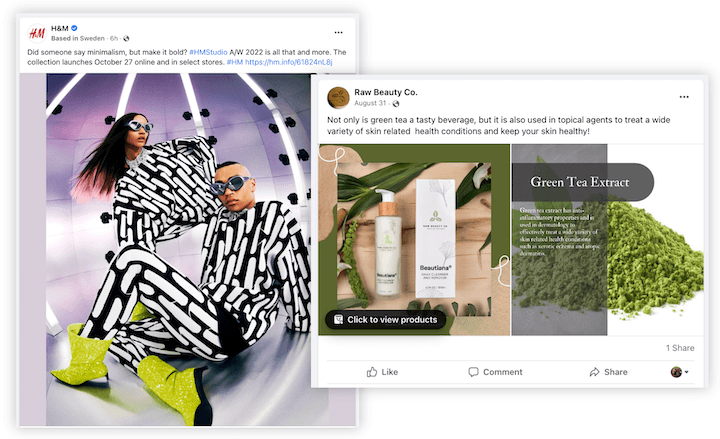
The concept on which these two brands are collaborating would look flawed as they won’t be reflecting what they claim. Without proper alignment of brand personalities and goals, such a partnership will most likely affect either of the brands negatively.
So be sure to collaborate with similar organizations that align with your goals and the nature of your business.
2. Create partnerships that deliver turnkey solutions
Turnkey solutions are those that are easily implemented in an existing system without disruption. They’re more “plug and play,” while custom solutions require modifications.
These terms are typical for software solutions, but you can also apply them to brand partnerships. For example, consider the Doritos Locos Taco—a Taco Bell taco with a Doritos shell.
This partnership between Doritos and Taco Bell can be considered “turnkey” because it didn’t require either brand to change its existing products or business models—Taco Bell simply added a new item to its menu.
3. Align your goals with those of your partner
With partner marketing, it’s essential to identify the final goal of the collaboration. Do you want to:
- Increase sales?
- Venture into an untapped market?
- Spruce up brand awareness?
- Spread a message?
Identifying the end goal will help you to ideate on collaborations and create impactful partnerships. It also allows both brands to set quantifiable goals to strive for.
This is why the partnership between Forever 21, a fashion brand, and Atkins, a weight loss brand, was a marketing fail.
When Forever 21 sent Atkins bars to its customers, customers perceived this as a hint for them to lose weight and a form of body shaming.
A well-designed partnership proposal with clearly aligned goals can help both you and your partner brand to succeed.
4. Make sure your audiences are not the same
This is a tricky one! While it’s important to have shared goals in the partnership, a shared audience won’t really help you to expand your reach. You’ll likely be talking and engaging with the same sets of people you’ve already reached—and collaborating with a competitor.
One of the primary benefits of a partnership is to increase brand awareness and sales among untapped markets.
Consider the brand partnership between Nike and Apple. While their target customers vary in many ways, they do share similarities in lifestyle, core values, and things that motivate them. Partnering allowed each brand to gain exposure to new but relevant audiences.

5. Proactively promote your partner
Cross-promotion is a form of promotion where one brand features products or logos of other brands through numerous platforms. From social media to websites, newsletters, emails, push notifications, and other marketing channels, the possibilities are endless.
Make sure that in addition to any specific co-marketing campaigns, you’re promoting your partner’s brand consistently to keep the relationship strong.
6. Marry your customer data
Collective data can be quite useful in partnership marketing. Each company has data on its products and purchases—like what users buy, what they add to their carts but don’t buy, and more. This data can help you identify the best offers to put forth with your partner campaigns, form a communication strategy that resonates with your audience, and establish and reach clear goals.
4 successful partnership marketing examples
As mentioned earlier, partnership marketing can be tricky and has to be dealt with strategically. However, if you develop a clear framework and a thorough plan, brand partnerships can work wonders in helping your business grow. Here are a few examples of successful brand partnerships that have helped brands achieve great results in the past.
1. Constant Contact and Partner Services
Constant Contact is a boutique digital marketing agency that partners with various independent companies ranging from small businesses, educational startups, and universities to corporates, to help them find marketing solutions to their customer problems.
The partnership, in this case, is led by a single major brand, i.e. Constant Contact, where other brands do not play a public-facing role. However, a partnership of such a kind works when there is goodwill and trust in a single brand, and other smaller brands do not enjoy the same luxury.
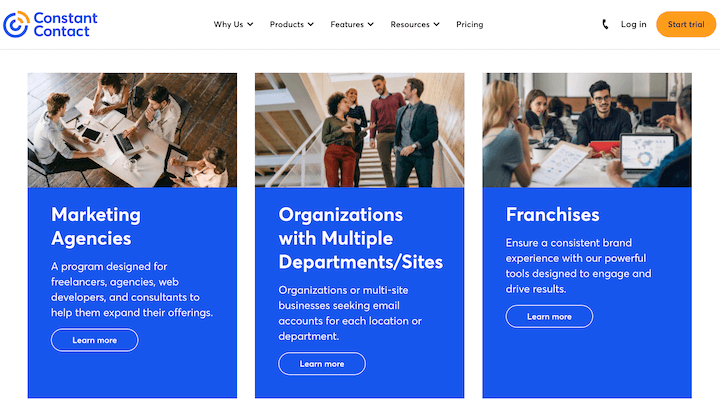
The services provided by other brands come under the dominant brand leading to mutual benefit.
2. American Forests and TAZO tea
American Forests is an organization working towards creating flourishing forests from coast to coast in the US. The organization is a pioneer in the sustainability field, creating green hubs in various locations to combat the effects of climate change.
In 2021, American Forests partnered with TAZO teas to launch TAZO Trees Corps— a locally hired workforce to plant trees to mitigate climate change. This provided jobs for people of color and those hailing from socioeconomically disadvantaged backgrounds.
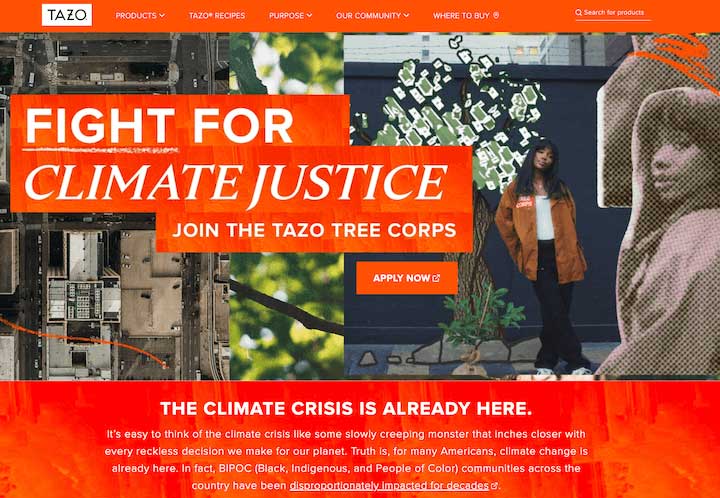
The Tazo and American Forests partnership was well-received, mobilized citizens and inspired them to take collective action, and created an overall positive impact on the climate.
3. East Forty Brewing + Dream Factory
The East Forty Brewing + Dream Factory partnership had all the potential to go wrong but turned out to be a huge success.
Dream Factory is an NGO that works in the child rights sector whereas East Forty is a brewery (very different!). The two got together to launch a beer called Dream Catcher, and the proceeds from the sales were donated to the NGO.
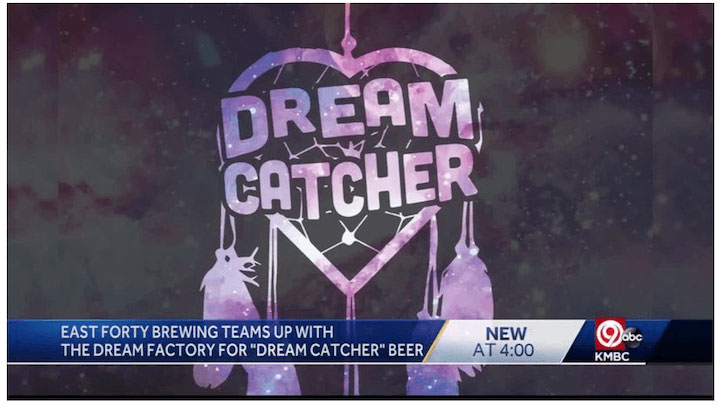
By teaming up, the brands achieved the cross-pollination of ideas, efforts, and databases, reaching a massive audience.
4. Figma + Asana
Figma is an online tool for creating collaborative interface design, while Asana is a work management software for teams.
The two came together to launch the Asana widget for Figma where teams collaborating and working together could have real-time updates and inputs from their team members. The partnership helped Asana’s existing users find a platform for their work, and also added value to Figma’s existing users in managing and tracking their work updates.
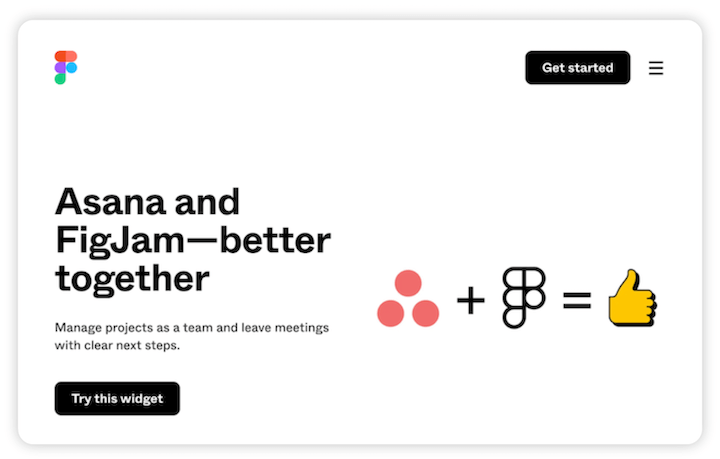
Tap into the power of partner marketing
In a nutshell, if you are looking to increase your brand visibility to reach a broader audience base, partnership marketing is the way to go! And for a profitable one, you need to precisely understand how to approach collaborations and design them strategically. Doing so will help you avoid goof-ups and gain the benefits of marketing partnerships.
Here are our seven tips for profitable partner marketing:
- Build partnerships with like-minded businesses
- Create partnerships that deliver turnkey solutions
- Align your goals with those of your partner
- Make sure your audiences are not the same
- Proactively promote your partner
- Marry your customer data
About the author
Shane Barker is a digital marketing consultant who specializes in influencer marketing, content marketing, and SEO. He is also the Founder and CEO of Content Solutions, a digital marketing agency. He has consulted with Fortune 500 companies, influencers with digital products, and a number of A-List celebrities.
The post 6 Tips for Profitable Partner Marketing (With Examples) appeared first on WordStream.
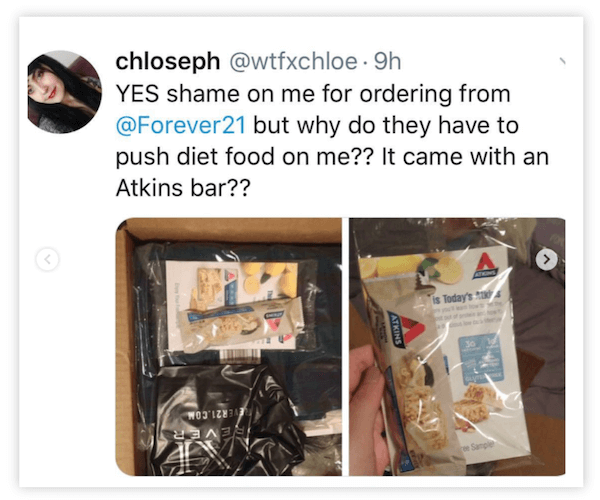




Recent Comments